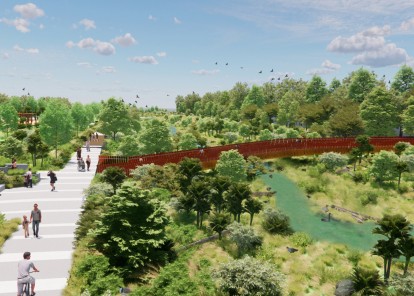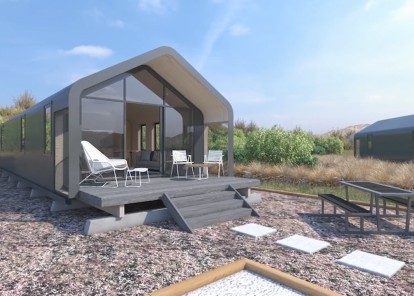Why walkable places are more convenient, sustainable and healthy
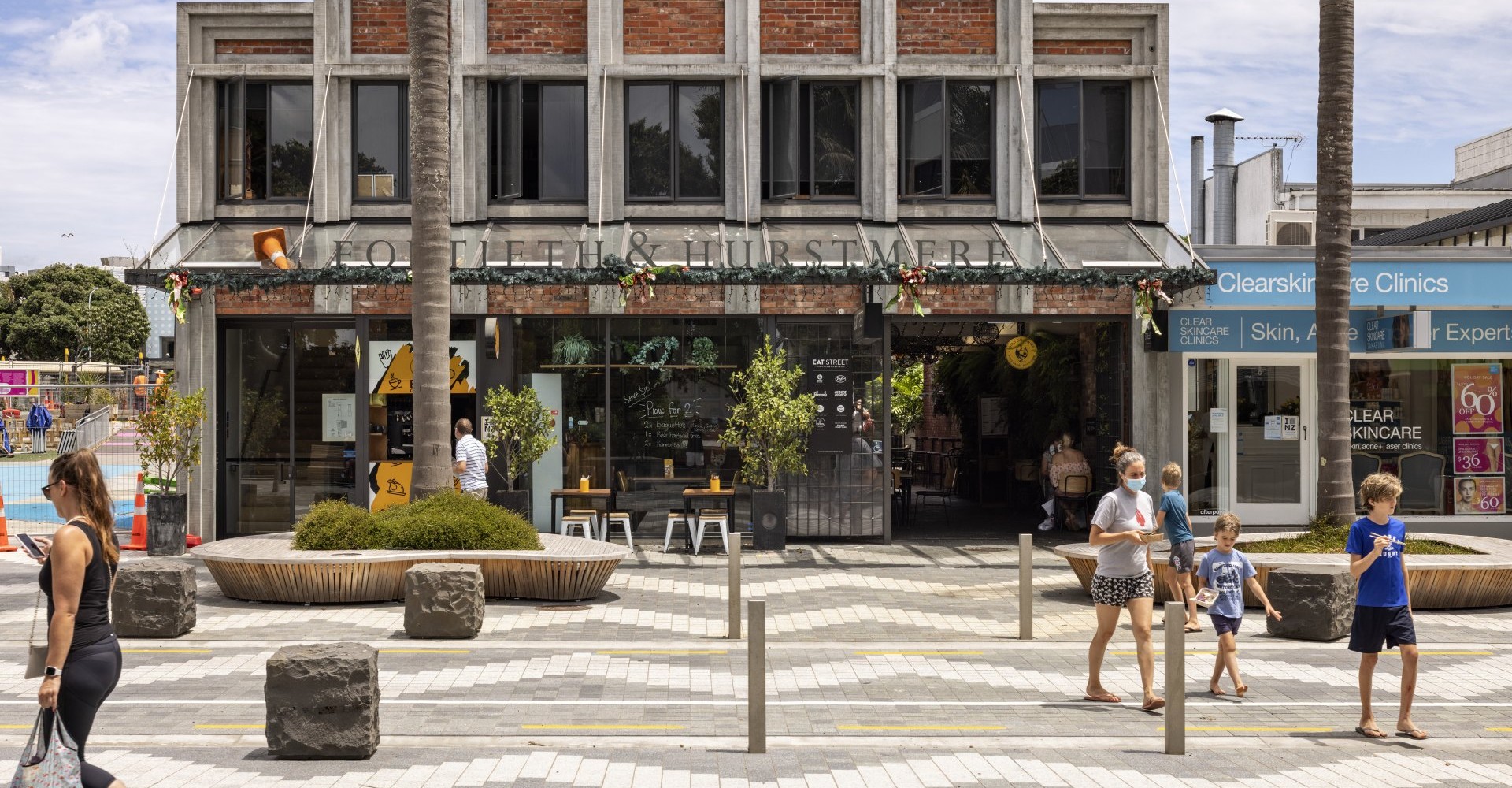
Arising from the Garden City movement the idea of a “walkable city” has been widely recognised and applied by urban designers and landscape architects to help achieve the goal of sustainable urbanisation.
“Walkability” is excellent shorthand for good urban design. People react to cues in the environment. If a space is designed for people — if it’s welcoming, safe and comfortable — they will walk. If a place is designed for cars, people will use transportation if they can. Although physical planning is tremendously complex and involves a host of trade-offs and compromises, walkability is an intuitive measure to help ease the impact vehicles have on our environment, and ensure the health of our communities.
For a city to encourage walking, it must have a dense mixture of land uses, integrated with streets and open spaces, all designed for people. Key spatial elements of a walkable city include the physical elements such as adjacent uses and walkways, paired with ‘perceived elements’ including safety, comfort and enjoyment.
Although walkable places are comfortable, convenient, healthy and sustainable, they can be very difficult to achieve — especially in suburban environments that were designed for driving.
New Zealand has the benefit of not being highly populated, and therefore can work to achieve the idea of a walkable city faster. From 2017 to 2021 Reset worked alongside Auckland Council & Auckland Transport on the Hurstmere Road Streetscape Upgrade, on transforming a formerly tired, vehicle dominated and low amenity street into a revitalised open, vibrant beachside retail destination that is focused on people, all on a relatively modest budget.
The Hurstmere Road upgrade is an amazing example of a street that has been successfully retrofitted for flexible transition and truly designed as a space that is first and foremost for people not cars.
The design required a thoughtful approach that balanced potential conflicts between different users and objectives. The design needed to successfully meet the needs of people walking, cycling, business, providing city services, and driving, all in a constrained urban space.
At its core, creating walkable cities is all about reclaiming street space that was overtaken by vehicles, and create space for people that celebrates a cities unique characteristics. This design has been crafted to balance the needs of a diverse range of users in order to shape an enticing and vibrant environment that ensures access, safety, comfort, and enjoyment for everyone.
Hurstmere Road has been transformed into an open, vibrant beachside retail destination that is focused on people. Now with a healthy ecology partly due to reduced vehicle dominance and creative cultural expression, it is a celebration of Takapuna’s unique character.
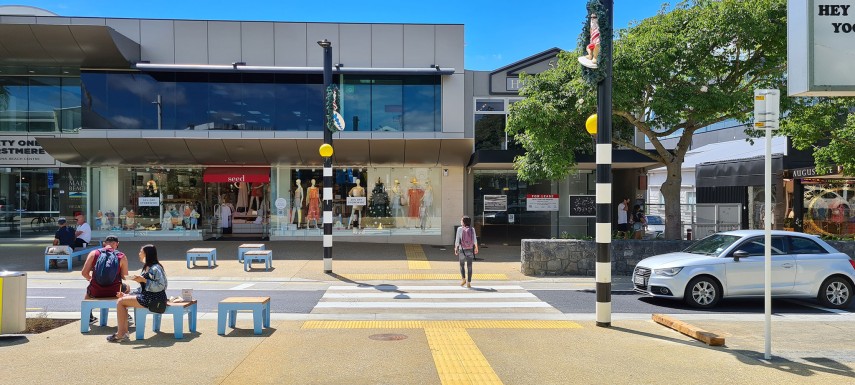
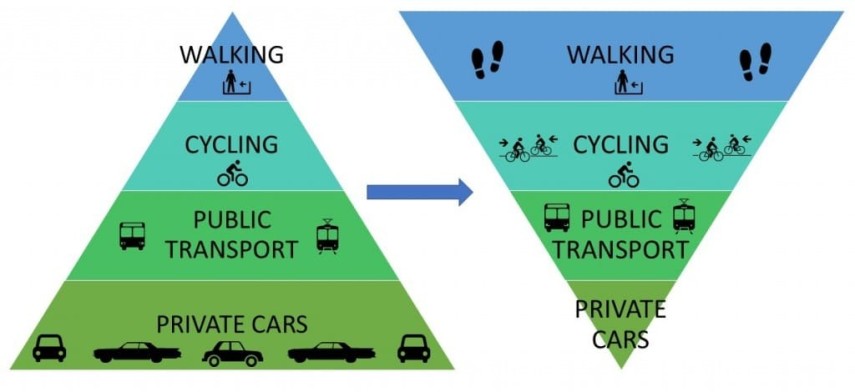
Published
5 August, 2022
Author
More articles Pitopito kōrero
Practice Tikanga
At Reset Urban Design, we offer a broad scope of services within the specialist areas of Urban Design and Landscape Architecture. We also actively engage in research and have contributed two published books on the history of design in New Zealand.

